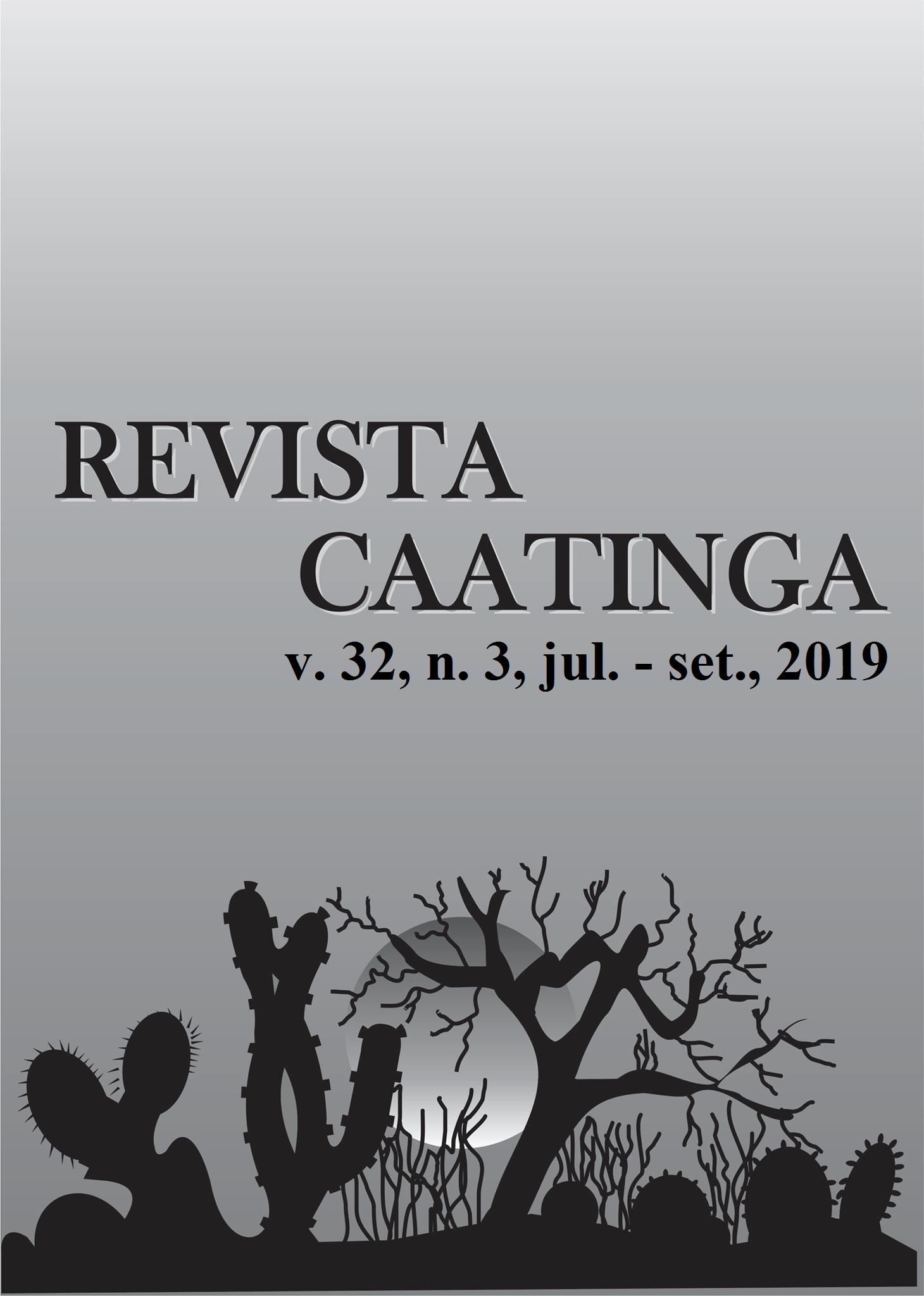DRY MATTER AND NUTRIENT ACCUMULATION CURVE IN CABBAGE CROP
DOI:
https://doi.org/10.1590/1983-21252019v32n312rcKeywords:
Brassica oleracea var. capitata. Nutrient extraction. Harvest index.Abstract
Cabbage cultivars currently cultivated present high yield potential and may present differences regarding absorption and use of nutrients. Thus, studies quantifying plant growth and nutrient accumulation are the basis to improve fertilization efficiency and optimize yield. This study aimed to determine the dry matter and nutrient (N, P, K, Ca, Mg, S, Cu, Fe, Mn, and Zn) accumulation curve of cabbage cultivars during two growing seasons. Cultivars Astrus Plus and Green Valley were cultivated during summer-autumn crop season, while Astrus Plus and Fênix during the autumn-winter crop season. Plants were sampled after transplanting at 10-day intervals until harvest. Dry matter and nutrient accumulations are variable with growing season and cultivar. The highest dry matter and nutrient accumulation rates occur in the last ten days of the cycle. Fertilizations with N, P, K, Fe, and Zn should receive more attention due to higher harvest indices.
Downloads
Downloads
Published
Issue
Section
License
Os Autores que publicam na Revista Caatinga concordam com os seguintes termos:
a) Os Autores mantêm os direitos autorais e concedem à revista o direito de primeira publicação, com o trabalho simultaneamente licenciado sob a Licença Creative Commons do tipo atribuição CC-BY, para todo o conteúdo do periódico, exceto onde estiver identificado, que permite o compartilhamento do trabalho com reconhecimento da autoria e publicação inicial nesta revista, sem fins comerciais.
b) Os Autores têm autorização para distribuição não-exclusiva da versão do trabalho publicada nesta revista (ex.: publicar em repositório institucional ou como capítulo de livro), com reconhecimento de autoria e publicação inicial nesta revista.
c) Os Autores têm permissão e são estimulados a publicar e distribuir seu trabalho online (ex.: em repositórios institucionais ou na sua página pessoal) a qualquer ponto antes ou durante o processo editorial, já que isso pode gerar alterações produtivas, bem como aumentar o impacto e a citação do trabalho publicado (Veja O Efeito do Acesso Livre).







